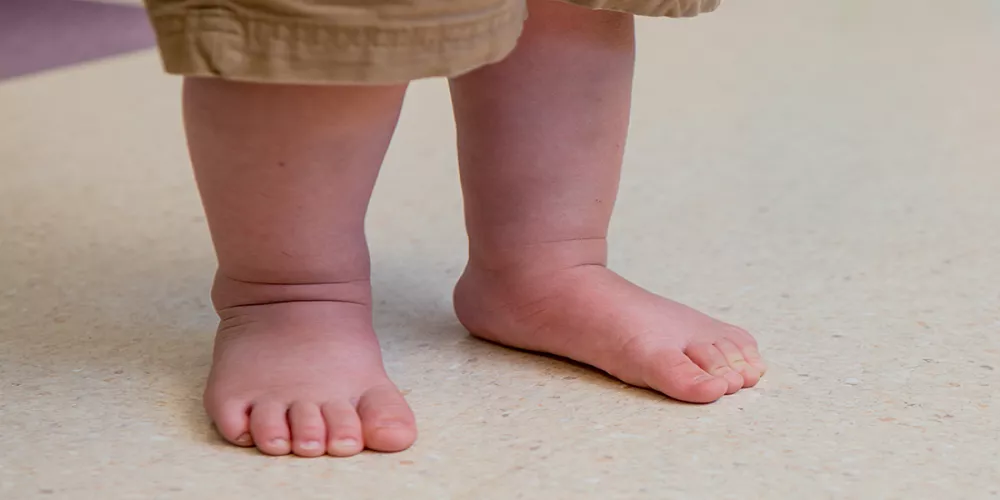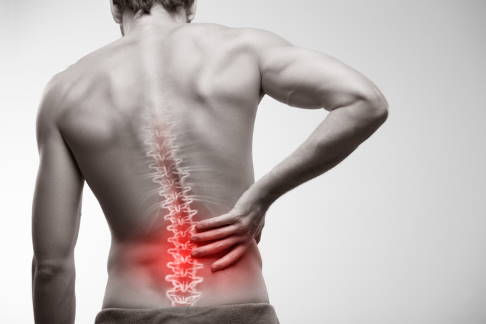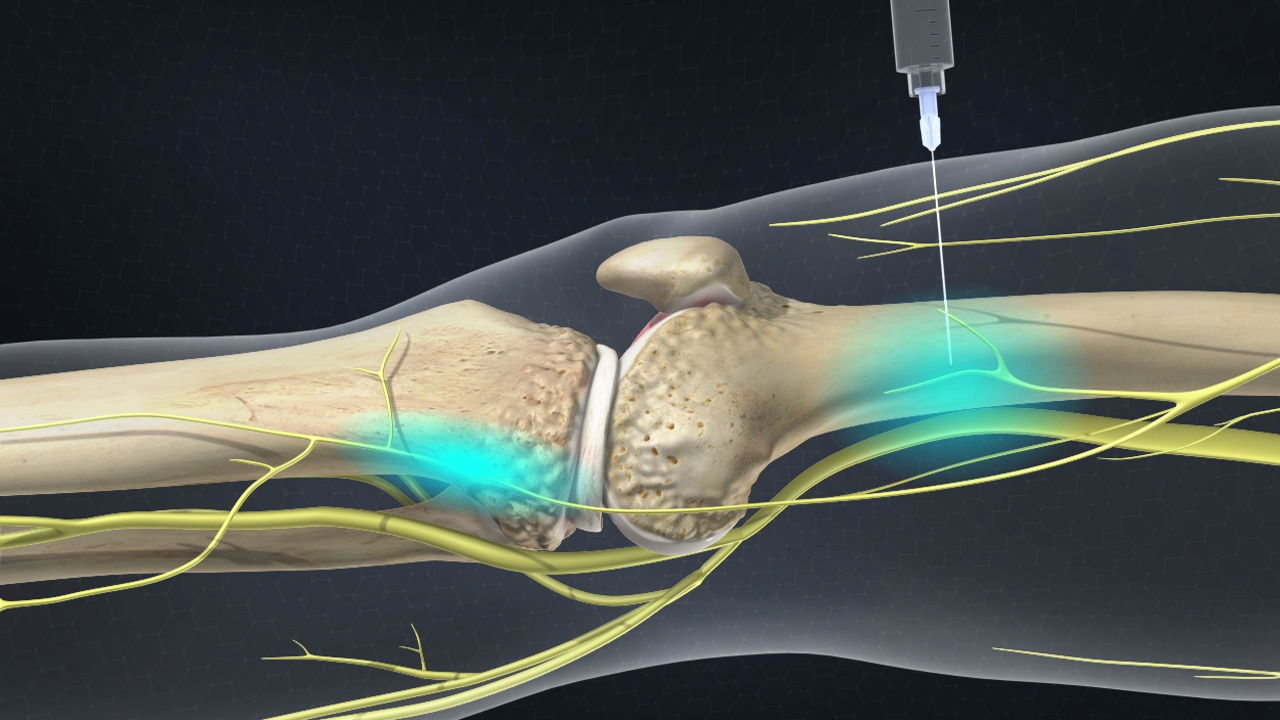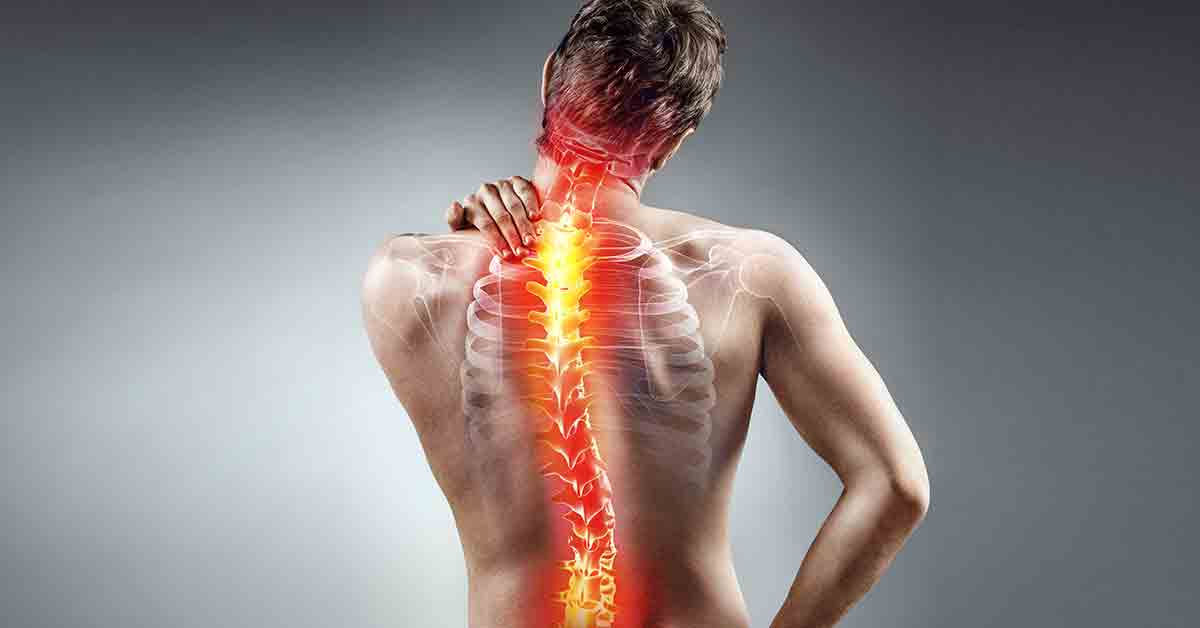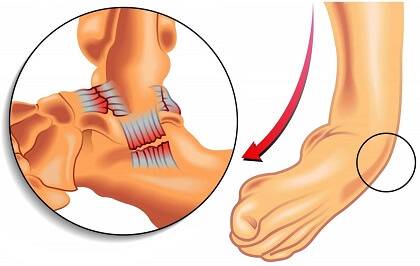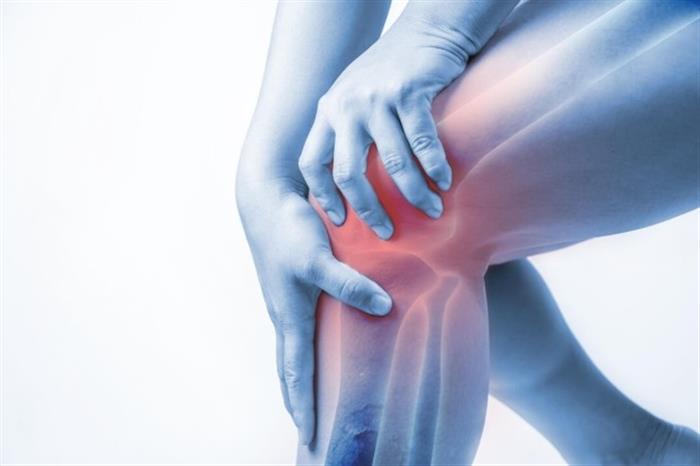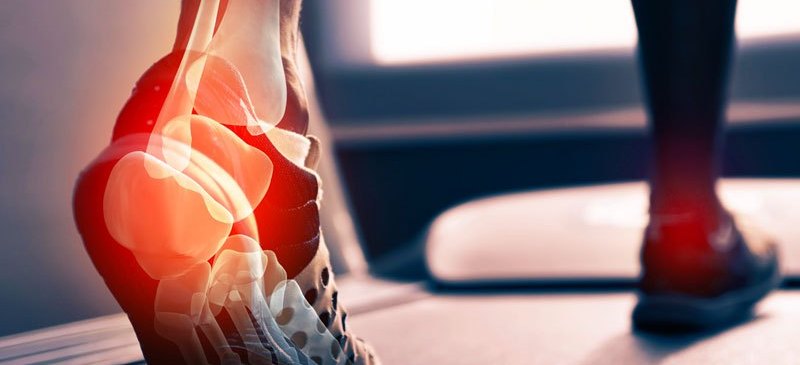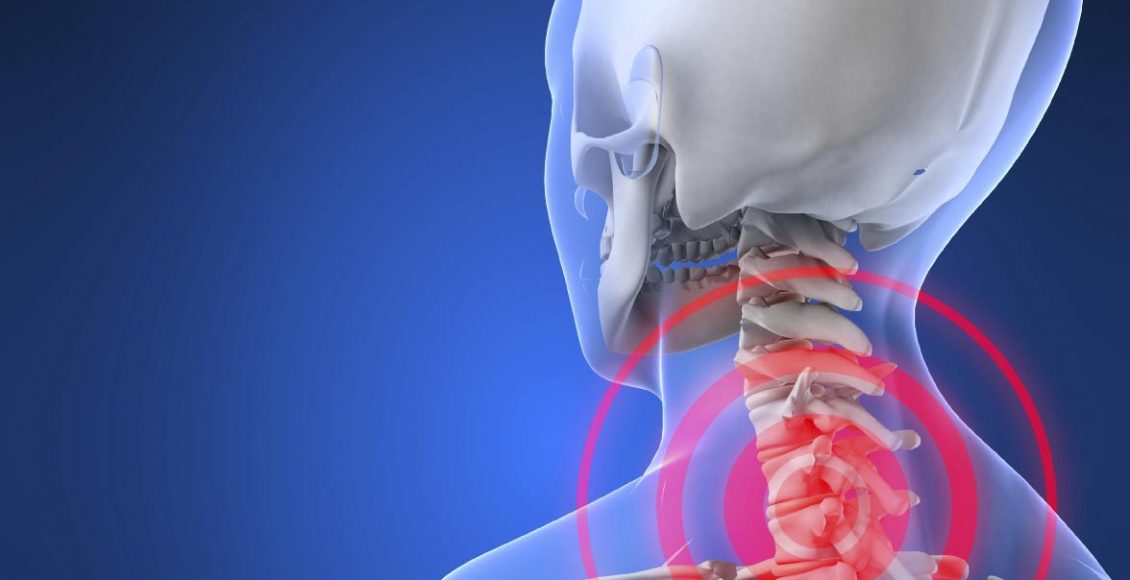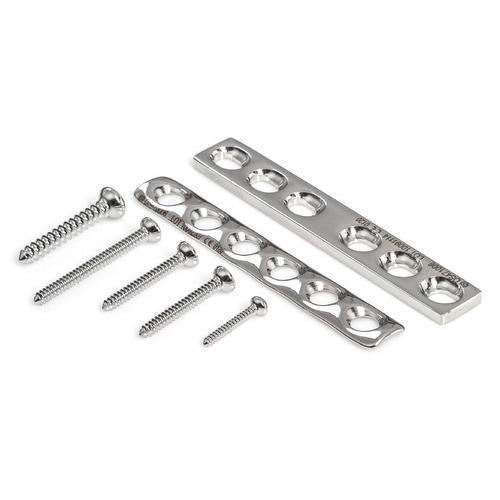Can the partial tear in the cruciate ligament be healed?
The cruciate ligament can be ruptured or partially cut, and this is what we will talk about in detail in the following article.
Partial tearing of the cruciate ligament
There are four ligaments in the knee, and the cruciate ligament is one of them, the cruciate ligament consists of fibers that help the knee move easily and also works to stabilize the knee joint and keep the bones from moving in different directions.
A cruciate ligament injury can occur that leads to a rupture or what is called a partial cut of the cruciate ligament, and this injury can occur as a result of excessive pressure on the knee or a person having an accident, and it usually happens to sports people, especially football players.
The anterior cruciate ligament is the most susceptible to injury, especially partial injuries or partial cuts, and its percentage of the total injury cases is about 25%. Cruciate ligament cuts have many reasons, and also the injured person appears with momentary symptoms, and their severity can increase in the event of late diagnosis or lack of treatment.
Reasons for partial rupture of the cruciate ligament
A person can rupture the cruciate ligament for several reasons, including the following:
- Sudden excess pressure on the muscles.
- Twisting the foot in the opposite direction.
- The movement of the foot in the direction opposite to its correct direction quickly.
- A fall while jumping.
- Knee impingement while playing sports such as soccer players.
Symptoms of partial tearing of the anterior cruciate ligament
There are more than one symptom that appears on the cruciate ligament injury, including the following:
- A creaking or crackling sound in the knee.
- The presence of severe pain when moving the knee.
- He lost the ability to balance.
- Difficulty walking and moving.
- There is swelling in the knee.
- Difficulty bending the knee.
- A feeling of stiffness in the knee joint.
Can the cruciate ligament sufferer walk?
After the cruciate ligament injury, the injured person may be unable to walk normally and needs assistance because the ligament limited the range of motion and led to difficulty in bending the knee or moving it in the opposite direction, so the patient needs to use crutches and continue on cold water compresses with the usual treatment to feel comfortable during the treatment period.
Is healed partial cut in the cruciate ligament?
Cutting the cruciate ligament is considered one of the famous injuries that usually occur to athletes, but it can also be inflicted on ordinary people, and there are degrees of injury, which are the rupture of the cruciate ligament, “partial severing of the cruciate ligament” and the complete severing of the cruciate ligament, and there is more than one treatment method for each type.
The cruciate ligament can heal again and return to its work properly, especially if the cut was partial, but recovery requires a good treatment plan that suits the condition, and this is what the specialist doctor does after making a complete diagnosis of the injured person.
Doctors explained some tips that can be followed during partial cruciate ligament tear treatment:
- Increase the times of rest taken by the patient.
- Avoid overloading the knee.
- Using crutches and braces when walking.
- Cold water compresses help reduce swelling.
What is the difference between cartilage and cruciate ligament?
The knee is one of the strongest joints in the body, which gives great support to the movement and increases the person’s ability to move freely and bend, and there are cartilages and ligaments in it that help the knee perform its function, and keep the bones firmly in place. The knee can be exposed to injuries, whether in the cartilage or tendons, which impedes the movement of the person and limits its range.
The difference between cartilage and cruciate ligament
Cruciate ligament
It is one of the knee ligaments, and they are four, and it gives blood to the knee to move more easily and increases the person’s ability to bend and move the knee, and sometimes as a result of sudden movements or excessive pressure, it ruptures and may reach a complete cut, and this greatly limits the person’s range of movement and loses the ability to bend the knee with severe pain.
Knee cartilage
In the knee there are two types of articular and meniscal cartilage, and each of them has a specific function within the knee joint, including giving support to the joint when moving and connecting the knee bones to stabilize it and prevent its movement in more than one direction, and damage or erosion can occur in the cartilage, which causes severe pain, swelling in the knee, and discomfort when moving it.



